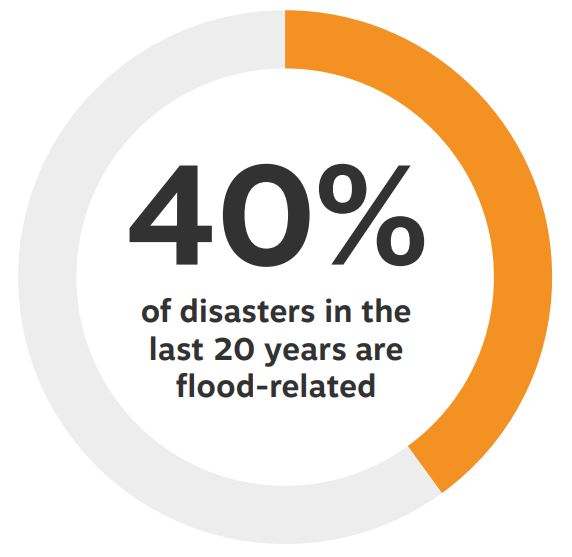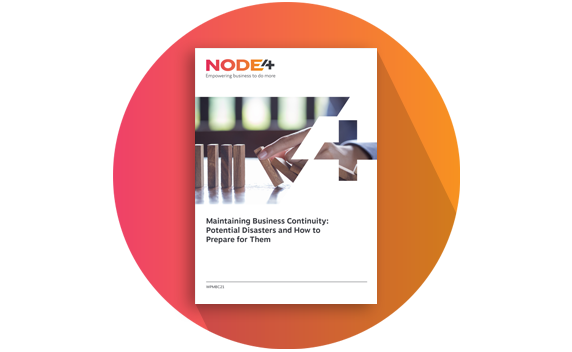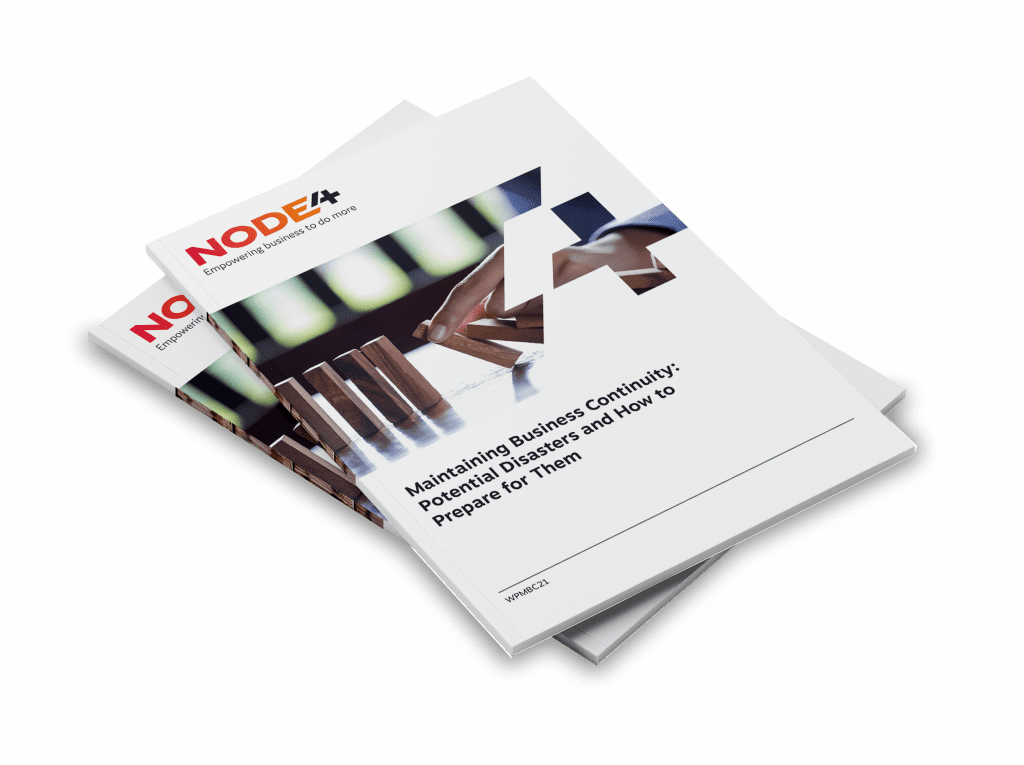This brochure includes:
- Types of disasters that organisations are talking about
- Technologies for disaster recovery
- What to look for in a technology solution
- Case studies from housing and related sectors
- Key considerations when preparing for disasters


Business continuity vs
disaster recovery
Business continuity focuses on keeping your business running during a disaster, and disaster recovery forms a part of this. Disaster recovery is all about restoring access to your data, IT infrastructure and services.
In this paper, we consider the disasters that most businesses are talking about and your organisation needs to consider, as part of your Business Impact Analysis. We then highlight technologies and best practices that help you get into the best possible shape and minimise the consequences.
HOW TO GET STARTED ON MAINTAINING BUSINESS CONTINUITY
Disasters happen when you least expect them, so it’s important you consider implementing measures to prepare for a worst-case scenario in advance. Below are just some examples of what you can do:
Backup and disaster recovery: Implement robust data backup and recovery mechanisms. Regularly back up your data, both on-site and off-site, to protect against data loss. Develop a comprehensive disaster recovery plan outlining procedures for restoring systems and applications in the event of an incident.
Remote access and work-from-home capabilities: Enable remote access to critical systems and applications to support remote working arrangements. Implement secure virtual private network (VPN) connections, multi-factor authentication and encrypted communication channels to ensure secure remote access.
By implementing these measures, you can enhance the resilience of your technology infrastructure and maintain business continuity, even in the face of disruptions or incidents. If you want to know more about maintaining business continuity in further depth, take a look at our guide by filling in the form below.
Cybersecurity measures: Strengthen your cybersecurity measures to protect against potential threats and data breaches. Implement firewalls, intrusion detection systems and robust security protocols. Regularly update software and systems with the latest security patches and conduct employee training on cybersecurity best practices.
Download our GUIDE today!
GET IN TOUCH
As a leading managed service provider in the UK, we provide a range of services and solutions that can help you with maintaining business continuity with minimal disruption to your typical work routine. With data security management, cloud solutions and remote and hybrid working to keep your business running in the face of adversity, Node4 is here to provide you with a range of solutions.
No matter what industry you operate in, our expertise has delivered clearly visible results in a range of different sectors with digital business transformation. So, get in touch with one of our specialists to secure your business today.
